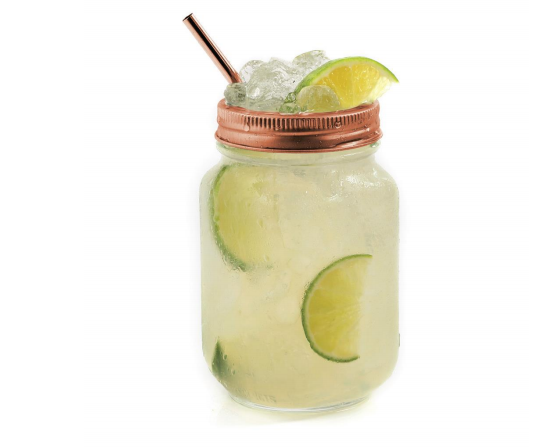Good morning, welcome to our series sharing Food Holidays: July 2nd, 2021. Have you heard of Anisette and would you like to celebrate this Holiday? If so why or why not?

There’s a delicious flavor that not quite everyone appreciates, but most people are decidedly familiar with, and that’s the flavor of Anise. Have you ever consumed Black lLcorice? Do you despise Black Jelly Beans? Are you a fan of Absinthe? Then you know the flavor that is Absinthe. But have you ever heard of a delicious drink called Anisette?
Anisette Day celebrates this sweeter cousin of Absinthe that finds its popularity in the Mediterranean, and it’s definitely a must try for anyone who has ever drunk Absinthe and enjoyed it.
I would like to be honest with you and let you know I wasn’t sure what Anisette is or if I have ever had this even in a drink. Can I ask you a question have you and did you like it or not?
History Of Anisette Day
Like Absinthe, Anisette is created by distilling Aniseed, the seed of the Anise plant, it is a cousin to both the more well-known Absinthe and Pastis, but stands apart by including Licorice Root Extract.
One popular brand of Anisette is Sambuca and stands apart from its fellow Anisettes by requiring a Sugar content of at least 350g/l. It holds in common with other flavored liquors that it is not typically drunk straight, but instead is commonly mixed in with other liquids for consumption. One common mix for this Alcohol is known as a Palomita, and is simply Anisette mixed into pure cold Water.
An oddity of the Palomita lay in a step in its creation. Cold Water and Anisette, how hard can it be, right? Proper preparation requires that the entire quantity of Anisette to be mixed must be dumped into the cold water at once.
No other method of mixing the drink will work, even pouring it quickly from a bottle. You’ll know that you’re being served a truly quality Palomita if the Water is a uniform milky white color.
Of course, if you prefer something a little lighter, a single drop of Anisette into Water is a popular drink for hot days or the end of a long work day.
How to celebrate Anisette Day
Celebrating Anisette Day is both delicious and simple, you just have to get yourself a bottle of this delicious drink and start sampling the different drinks Anise can be mixed in.
For truly quality Anisette you should look for brands that are produced in Spain or Italy, and then simply begin enjoying the drink. Remember you don’t want to imbibe this straight, its Anise and Licorice flavor is simply unbearably strong straight from the bottle.
Instead, start experimenting by mixing it in with your favorite drinks, especially those that you think may be served by a delicious full-bodied sweet flavor.
Five Facts about Anise
- This herb is native to Egypt and is mentioned in ancient Egyptian records. The Romans used Anise in medicine and also in a Cake which was possibly the forerunner of the Wedding Cake.
- Anise comes as an extract and Lozenges and in Teas.
- It produces seeds that are used in both Herbal Medicine and Aromatherapy.
- This sweet smelling Herb is also commonly used to flavor foods and liqueurs such as Anisette and Ouzo.
- Anise has been used for many years to disguise the unpleasant taste of medicine.
The French Mule

We’ve long sung the praises of the tart, peppery snap of a Moscow Mule. In their French twist, Marie Brizard adds an ounce and a half of their Anisette Liqueur for a bracing, refreshing take on the classic. Use the Anisette in place of the usual vodka for a low-ABV version, or add in an ounce of Sobieski Rye Vodka for a more spirited take. A sprinkle of sea salt draws out the full complexity of the drink’s flavors.
- 1 ½ ounce Marie Brizard Anisette Liqueur
- 1 ounce fresh Lime Juice
- 4 ounces Ginger Beer
- 1 sprinkle of Sea Salt
- 1 Lime wedge (for garnish)
- Optional: 1 ounce Sobieski Rye Vodka
Build all ingredients in an antique clear jar filled with ice cubes. Stir. Top with crushed Ice. Garnish with a Lime wedge.
Thank you,
Glenda, Charlie and David Cates